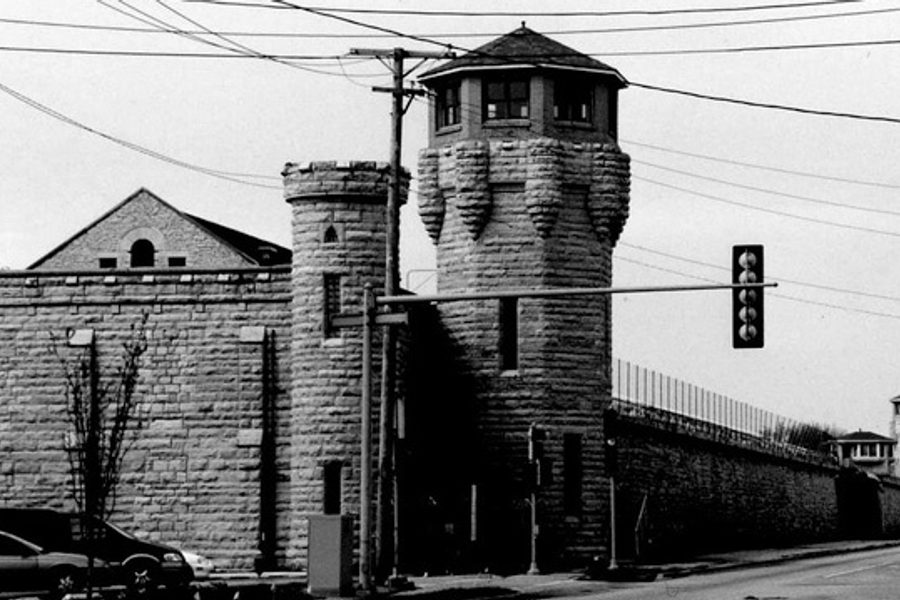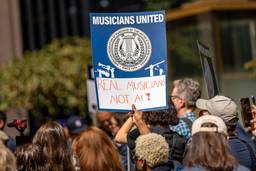
In Illinois, the battle over slated prison closings is highlighting how unions that represent prison guards can find themselves at odds with the push to reform a discriminatory and overly punitive criminal-justice system. Several prisons and juvenile detention facilities are currently scheduled for closing as part of Illinois Gov. Pat Quinn’s attempts to close the state’s budget hole. But AFSCME, the public sector union representing guards and other correctional workers, says that closing these facilities will cause overcrowding and dangerous conditions at other institutions.
One of the prisons slated for closure is Tamms, a controversial super-max facility in southern Illinois that has long been the target of a shutdown campaign by family members and activists. For years, many demanded Tamms be closed because of the harsh solitary confinement conditions and the documented extreme physical and mental impacts on inmates. It appears that what these human-rights arguments did not achieve, the budget crisis now has.
But prison guards and union leaders say the closure of Tamms, Dwight (the state’s only women’s prison) and transitional facilities will make conditions more dangerous and difficult for prison workers. and by extension, for inmates.
According to prison-reform advocates, Illinois’s system is designed for 34,000 inmates but currently holds more than 48,000, forcing inmates to bunk in hallways and closets. Increasing crowding and mixing in new people with various gang affiliations could be an explosive mix, AFSCME has noted.
State officials disagree, as reported by the Chicago Tribune:
“The Illinois Department of Corrections, however, argues that there is ‘no statistical relationship between population, staffing levels or closures, and violence.’ The department released data showing inmate assaults on guards dropped from 502 to 444 during the budget year that ended June 30.”
Another point worth noting is that inmate numbers may decrease in the long term. Crime is declining in general, and more state and local governments are moving toward alternatives to incarceration for nonviolent crimes and toward decriminalizing minor marijuana charges.
Because of the rift between unions and the state on this issue, the union says, the Illinois State Police have retaliated against union prison guards at Tamms by searching them with pat-downs at the end of shifts, among other things. The searches allegedly started in July, right after guards testified at the state capital about the risks of prison closings and inmate transfers, according to AFSCME. Union spokesperson Anders Lindall says the searches “reek of retaliatory harassment.”
The maximum-security prisoners from Tamms will be transferred to other prisons, including Pontiac and Menard in southern Illinois. Cells will be upgraded at a cost of as much as $50,000 each to accommodate the maximum-security prisoners.
Kari Lydersen is a Chicago-based journalist, author and assistant professor at Northwestern University, where she leads the investigative specialization at the Medill School of Journalism, Media, Integrated Marketing Communications. Her books include Mayor 1%: Rahm Emanuel and the Rise of Chicago’s 99%.








